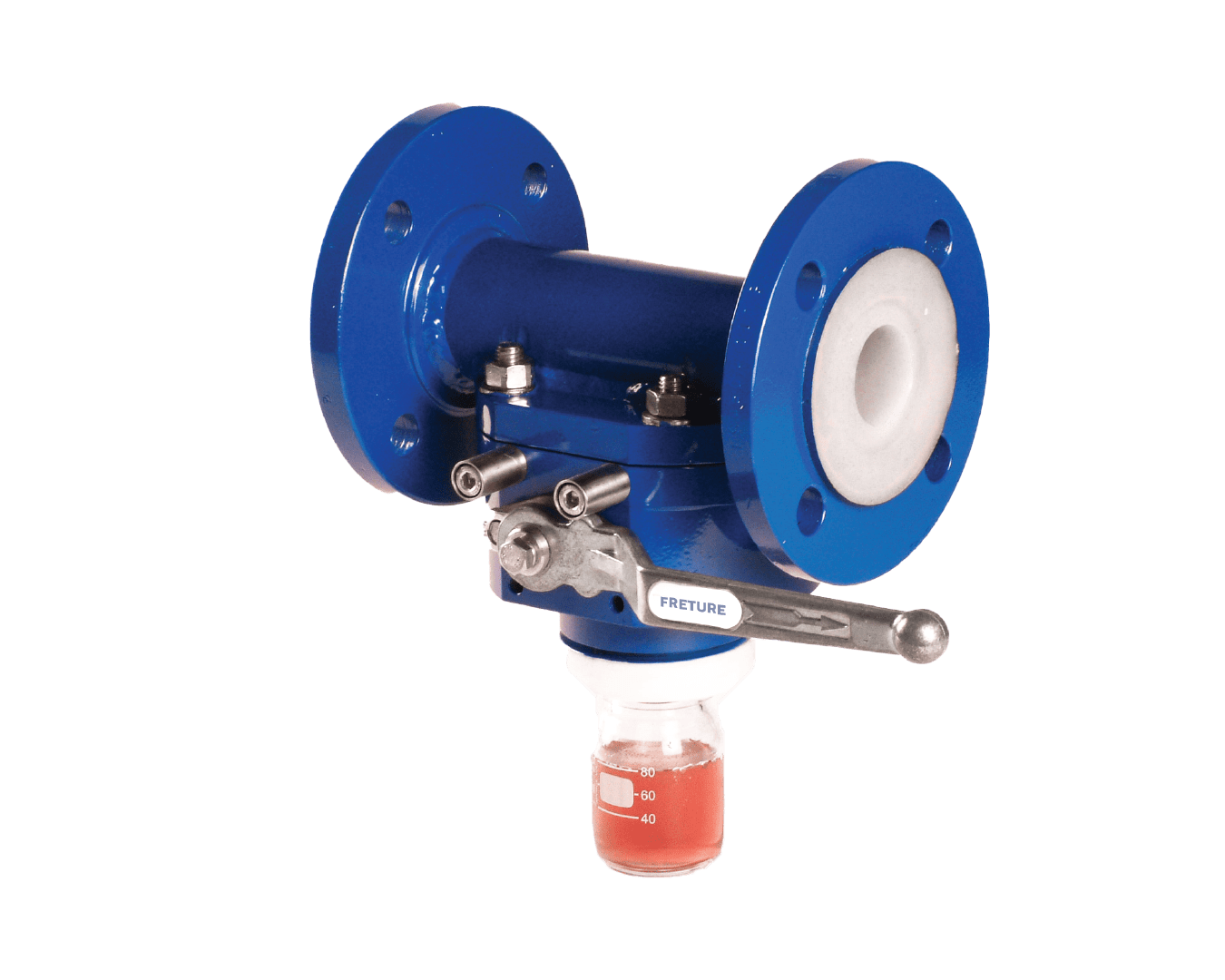In the dynamic landscape of industrial processing, the ability to extract a representative product sample safely and efficiently is indispensable. Sampling valves serve this exact function, playing a pivotal role in process validation, R&D, and quality monitoring. As industries evolve towards automation and stringent compliance, the design and application of sampling valves have also advanced.
The Importance of Sampling in Industrial Processes
Sampling is critical for:
- Validating product consistency
- Identifying deviations early
- Improving batch traceability
- Complying with international standards
Without a reliable sampling system, businesses risk releasing non-conforming products, regulatory violations, and reduced process control.
Applications Across Various Industries
1. Biotechnology and Life Sciences
Sampling valves are crucial for bioreactor monitoring and media testing. With sensitive biologics in production, precision and sterility are paramount. Valves used here are often equipped with autoclavable and SIP-compliant features.
2. Cosmetic Industry
The cosmetic sector uses sampling valves in the manufacture of lotions, creams, and fragrances. These valves ensure:
- Consistency in texture and color
- Microbiological stability
- Ingredient compliance
3. Water Treatment and Utilities
In water treatment plants, sampling valves are used to test for pH, turbidity, and microbial content, helping ensure water quality. They are vital in pharmaceutical-grade water systems where parameters such as TOC and conductivity must be tightly controlled.
4. Specialty Chemicals
For processes involving adhesives, paints, and resins, sampling valves provide insight into viscosity, composition, and reactivity. Specialized coatings and purge systems help prevent clogging or cross-contamination.

Selection Criteria for Sampling Valves
When choosing a sampling valve, consider:
- Media Properties: Is it viscous, volatile, or hazardous?
- Operating Environment: Will it face extreme temperatures, pressure, or hygiene requirements?
- Actuation Type: Manual, pneumatic, or electric
- Mounting Orientation: Bottom-mounted for tanks, in-line for pipelines
Common Challenges Solved by Sampling Valves
- Contamination Control: Dead-leg-free designs reduce risk of microbial growth
- Waste Reduction: Accurate samples mean fewer rejections
- Operator Protection: Safe design prevents exposure to hazardous media
- Compliance Readiness: Documentation and traceability features streamline audits
Technological Innovations
Modern sampling valves feature:
- Zero-dead-space construction
- Integrated sensors for inline analysis
- Quick-connect fittings
- Anti-tamper features
These enhancements support digital transformation in industries transitioning to Industry 4.0 standards.
Maintenance and Best Practices
- Regular inspection and seal replacement extend valve life.
- Validate sterilization cycles in pharma-grade valves.
- Use compatible lubricants and cleaning agents.
Conclusion
From sterile pharmaceuticals to rugged petrochemicals, sampling valves serve as the gateway to process intelligence. Their presence in the system can significantly improve operational control, product quality, and regulatory readiness. Integrating the right valve technology into your process offers long-term benefits in productivity and safety.






Comments